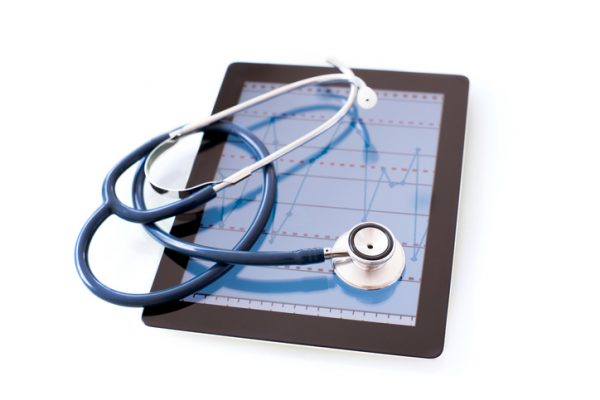
When Los Angeles-based startup Heal launched in 2015, its central pitch was based on using technology to enable the old-school house call and rebuild the patient-physician relationship lost in modern medicine.
The idea being that a physical presence in a patient’s home can help a physician pick up on unique details on the individual’s home environment and their social determinants of health.
In fact, Heal CEO and co-founder Nick Desai has previously spoken derisively about the limitations of the growing telemedicine model in building stronger patient-physician relationships.
So it might be somewhat surprising that the company is now unveiling Heal Telemedicine, a telehealth feature meant for the company’s returning patients.
Heal offers its house calls direct-to-consumer for a flat fee and is also offered as a benefit by health plans, employers and Medicare. The company was founded in 2014 and has raised more than $70 million from investors.
In an interview, Desai explained that the new telemedicine option is mainly meant for the management for patients with chronic conditions, not for customers who use Heal as an occasional urgent care option.

As Healthcare and Biopharma Companies Embrace AI, Insurance Underwriters See Risks and Opportunities
In an interview, Munich Re Specialty Senior Vice President Jim Craig talked about the risk that accompanies innovation and the important role that insurers play.
“We are not launching telemedicine to compete with other telemedicine companies,” Desai said. “We view telemedicine with your a Heal doctor as an extension of the relationship after they see you at your home.”
According to Desai, the idea of incorporating telemedicine onto the Heal platform has always been a part of the company’s product roadmap, but required the development of a relationship between a patient and a provider through an initial person house call.
“Our vision has been that when a patient is sick and has an issue, particularly when we’re talking about chronic disease patients who tend to be older, the worst thing to do is trying to figure how to receive care,” Desai said. “Care should not be related to a modality, it should be related to a provider.”
Heal says it has delivered 110,000 house calls over its history, driving health care cost savings through ED diversion in the process. Currently the company’s services are offered in five states, although the hope is to expand to eight states by the end of the year.
The telemedicine offering builds on the company’s remote monitoring device dubbed the Heal Hub, which can link to a range of connected devices and provide real-time updates on patient vital signs like blood pressure, heart rate, blood sugar and blood oxygen saturation.
Using data gathered through the Heal Hub, physicians can be alerted to potential health risks or acute episodes and reach out through the app to provide immediate care. Patients and clinicians can use the telemedicine feature to conduct video or voice calls.
Importantly, Desai said that Heal patients will always have the option of on-demand home visit with a clinician.
“The telemedicine is an extension of that care if you need a quick answer, or more importantly when the doctor sees something in your vital signs and call you to address the issue before a patient has a serious complication like fainting or falling down the stairs,” Desai said.
There’s also a business case for expanding the company’s virtual care offerings with new remote monitoring and telemedicine revenue models based around providing more effective care for existing patients. Not to mention, the cost of providing care is driven down through the use of virtual care methods.
That new revenue source has been driven by the CMS push towards value-based care through the loosening of reimbursement limitations for at-home care and the creation of new CPT codes that pay providers for remote patient monitoring services.
Looking forward, Desai says the Health Hub’s capabilities could be expanded past diagnostic and data collection functions to actual care delivery, pointing to controlling a remote CPAP machine as one example.
“The whole goal of Heal is to grow into the value-based care environment, especially with value-based care models finally maturing,” Desai said. “We believe the combination of real time monitoring, plus house calls, plus telemedicine is the real pathway to value based care.”
Photo: IAN HOOTON, Getty Images








